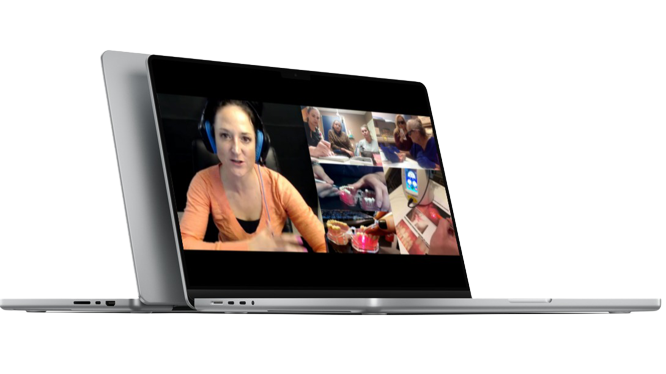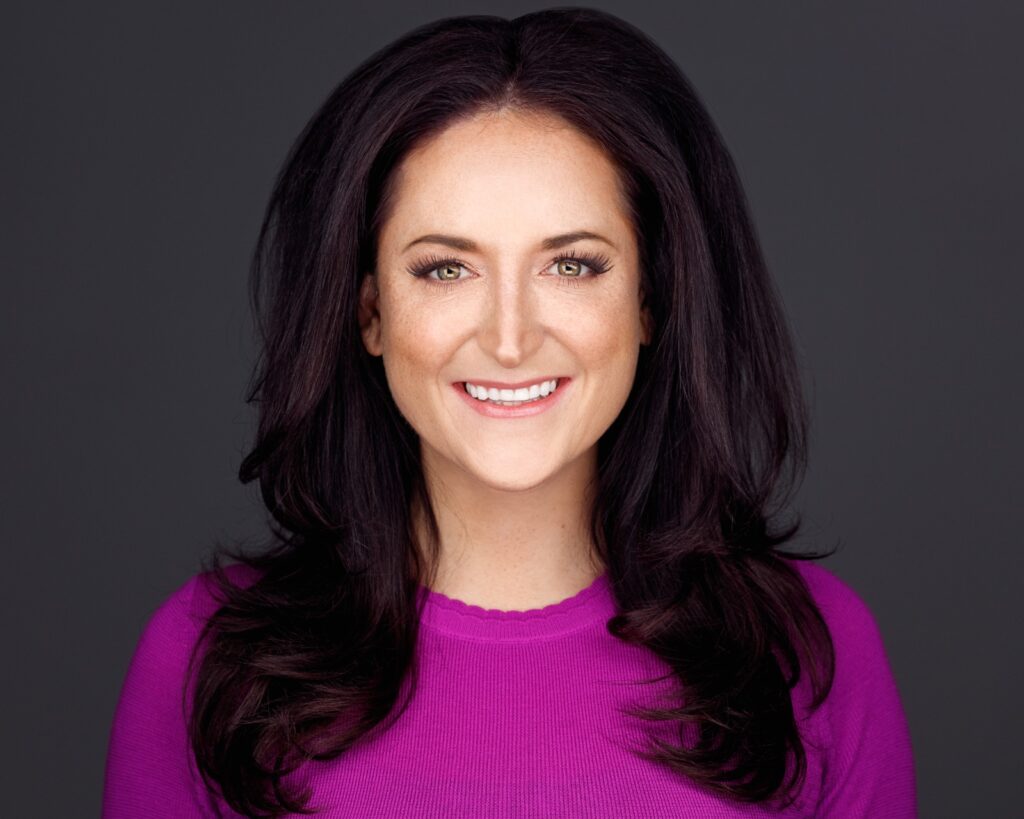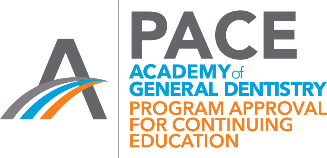North Dakota

(Psst! Need a laser? We can get you one to borrow.)
Start Today With Unmatched Bonuses!
- Over 20 Implementation and Scenario Modules
- Next-level procedures
- Downloadable consent forms & reference guides.
- Treatment planning and documentation
- Group or 1-on-1 hands-on training
- Need more info about the Online Course? Learn More.
Also Available:
12 CE: 9 CE On-demand Lecture/Live In-person 3-hour Hands-on
The courses below are a combination of both online (lecture) and live, in-person (hands-on training and testing).
We also provide [extra] diode-lasers at the events below.
FRI DATE: JUNE 21
Minneapolis, MN: Diode Laser Training and Certification
- Homewood Suites by Hilton Edina Minneapolis
- 6600 York Ave S, Edina MN 55435
- 8:00 AM – 11 AM
North Dakota State Board Laser Rules
- general super- gingival curettage
- RDH can use laser, stay within scope of practice, can initiate tip, and should have appropriate training to use laser.
- Emailed: “The Board’s policy is that technology does not change the scope of practice therefore, treatments/procedures the hygienist provides to patients as authorized by dentist must be within the scope of practice for the dental hygienist. If there are laws in other states, the ND Board is amending laws pertaining to dental hygiene duties, and I would like to insert an addition but I am not familiar with what the language would look like addressing lasers. If you have any information you could send my way, I would appreciate it. Yes, gingival curettage is within the scope of duty for a ND dental hygienist.
- State: general/ direct supervision
- Article 20-04 CH 20-04-01-01. Duties.
“A dental hygienist may perform the following services under the general, direct, direct visual, indirect, or contiguous supervision of a dentist:
Complete prophylaxis to include removal of accumulated matter, deposits, accretions, or stains from the natural and restored surfaces of exposed teeth. The dental hygienist may also do root planing and soft tissue curettage upon direct order of the dentist.
Polish and smooth existing restorations with a slow-speed handpiece.
Apply topical applications of drugs to the surface tissues of the mouth and to exposed surfaces of the teeth, including anticariogenic agents and desensitizing solutions.….”


